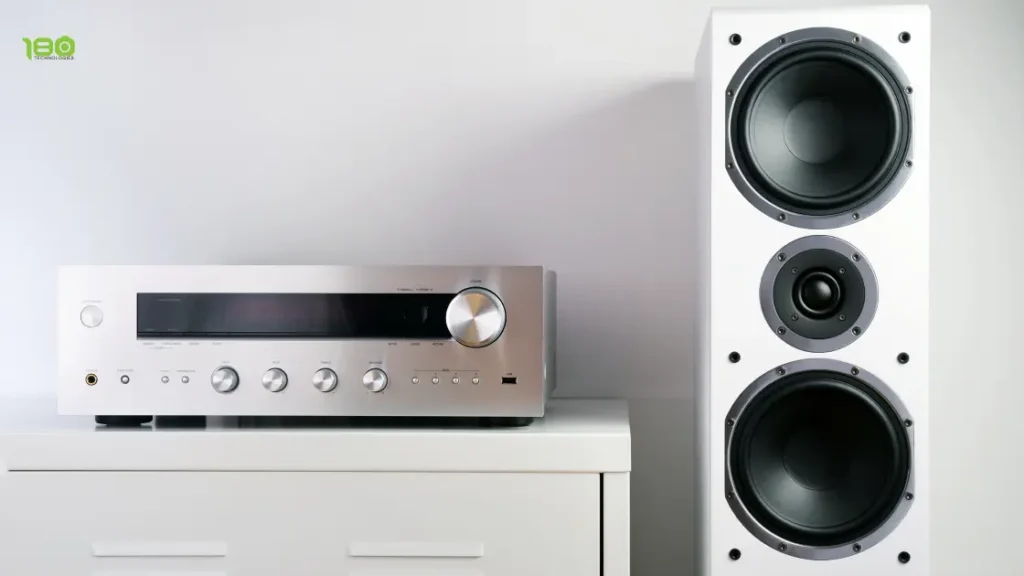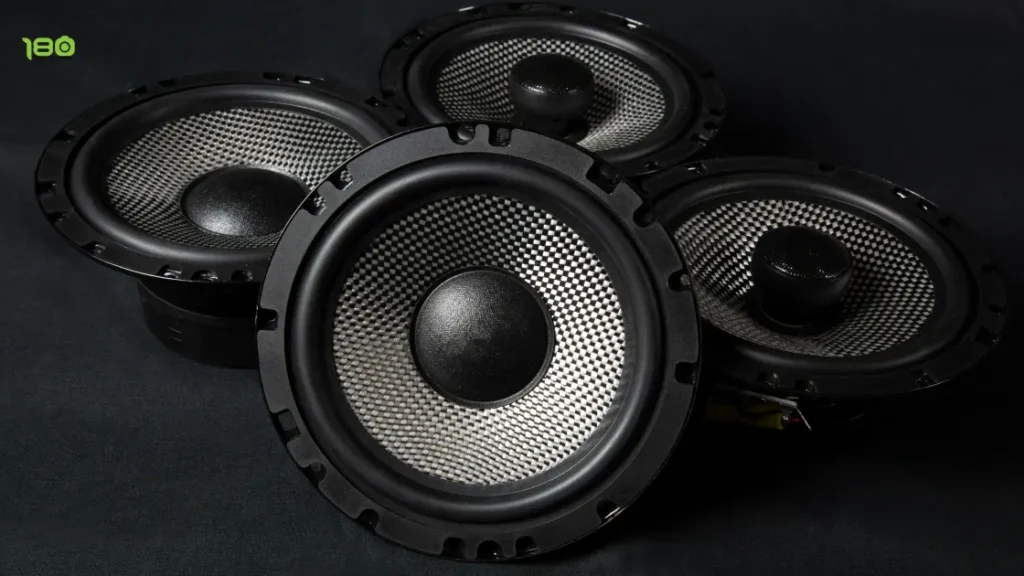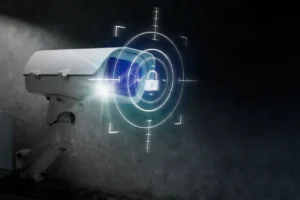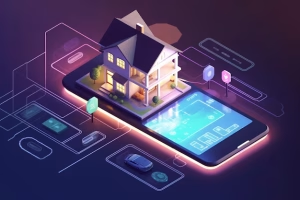Sound has a significant effect on us on both a bodily and spiritual level in every atmosphere. The necessity for audio automation is greater than ever in this technological age. Audio system automation enables us to experience music like never before. In a matter of seconds, you may simply control the sort of music you want to listen to. These automated audio systems save you the time and effort of manually selecting music each time. Not only that, but the audio quality of the smart home audio system is superior to anything else on the market.
A smart home audio system is a convenient audio arrangement that can be operated remotely via the internet using a networked device such as a smartphone, tablet, or other connected devices. The internet’s interconnection of numerous audio devices allows the user to control a single button’s single touch.
You must link the audio setup to a central location in order to use the smart home audio system. The electronic gadget that controls the smart home audio system is the core point. This link can be either wireless or hardwired. You can also automate the audio-switching procedure to meet specified time constraints.
Security and Privacy: Ensuring Data Protection in Smart Home Time Attendance Systems
You would never want to lose out on all of the benefits that come with home audio automation. Its expanding market size reflects people’s increased appetite for these technologies. Always keep these points in mind before purchasing a smart home audio system.
Support For Several Formats

Audio data can be saved in a variety of formats. As a result, a smart home audio system must accept multiple audio formats. This will make your setup easier because you won’t need several devices for different formats. It will also save space and money.
Audio Streaming With High Fidelity
The term “high fidelity” refers to the accurate reproduction of sound to give the illusion of realism. The sound quality is quite crucial. Nobody wants their audio to be distorted or degraded in any way. As a result, high-fidelity audio streaming is required for the greatest smart home audio.
Multi-Room & Multi-Source Streaming In Real-Time
The smart home audio system must be able to accept simultaneous inputs from many sources. The internet, your own playlist, audio data from an external device such as a USB drive, and so on are all possible sources. It should also be able to transmit output to several locations at the same time. In other words, it must be unrestricted by the source of input and output.
Audio Playback Is Supported By Attaching External Audio Equipment:
One of the most important things to look for when choosing the best smart home audio system is if it permits music playback from external devices. You can listen to your recorded mobile phone audio by connecting it to the smart audio system if you have this quality. You may quickly listen to your recorded audio using this method
Compatible With All Room Sequences & Scenes:
The greatest smart audio system should blend in with your surroundings. Your smart home audio system, for example, should adjust the music to the situation. You should get it with it if you desire gentle music at the dinner table. Similarly, if you wish to listen to rapid music while exercising, your system should adjust. When looking for the greatest audio system, keep this feature in mind.
The Characteristics Of A Good Sound System

- Invest in a stereo with a wide dynamic range.
- Take note of the wattage.
- Take note of the Total Harmonic Distortion (THD) (THD).
- For the audio source, choose the appropriate equipment.
- Take into account the cost.
- It makes no difference what size you are.
- Make solid sound choices.
What Is The Best Smart Home Audio System For You?
There are many different systems to pick from, and most people base their decisions on their budget, home size, whether or not they have a television, and how they want to connect with their devices.
The size of the room in which you intend to install the audio equipment is a significant constraint. The more electricity you’ll need, the bigger the room. The audio output of a receiver can be as high as 50 watts (RMS) per channel, which is sufficient for a small room. For a larger room, you’ll need at least 150 watts.
You can get the best automation services with 180 technologies cooperative customer support. 180 has taken smart home solutions for you to a whole new level, whether you’re searching for lighting control, shading management, home audio automation, safety, and security, or timing control.






